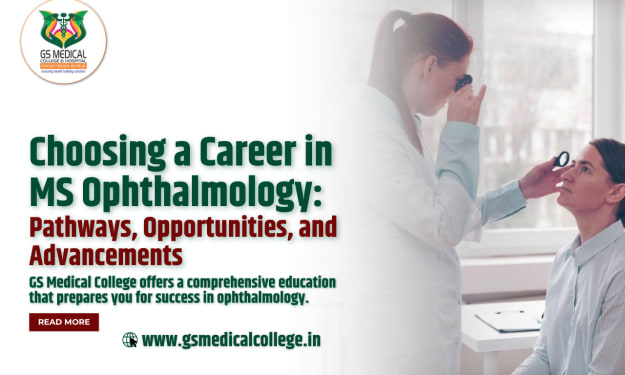
Welcome to Science Click today! Upon approaching the speed of light, what may we observe? Together, let's take off on a spacecraft that is rapidly accelerating away from Earth. What would we observe when this happened? What optical effects might arise? If we attempted to travel faster than light by bending space-time, as in science fiction films, we would find ourselves at the centre of special and general relativity. However, at first, our spacecraft is at rest. At takeoff, what would we observe? By addressing these issues, we may investigate a wide range of intriguing occurrences throughout our cosmos.
After launch, we start to accelerate and assume that the vehicle's propulsion system will allow us to continue accelerating as long as we choose, we can accelerate away from Earth. One might assume that this would eventually make the speed intolerable, but this is untrue; for example, when two trains cross, we cannot tell which one is moving faster—ours or the other is at rest. Similarly, inside the spaceship, we are only able to feel the acceleration caused by the reactors, which pushes against our seats.
If this push is realistic, it will be entirely tolerable over our entire journey—even as we get closer to travelling at the speed of light. Even so, there is a risk involved with travelling at very high speeds. If we were to collide at a high speed, even a small particle of dust could cause enormous damage. Fortunately, our ship is outfitted with a force field that deters potentially harmful objects and lets us travel through space at will. The stars in front of us appear to gradually move away as we get closer, and the sky appears to contract in front of us. This common scenario can help us understand the first optical effect.
There is apparent light aberration. When the rain begins to fall while you are travelling at a high pace, it falls vertically from top however, as the vehicle accelerates, you notice drops of rain hitting the windscreen from the front as opposed to the top. It appears as like the rain is falling from a slanted trajectory, and the faster you go, the more apparent it is to our eyes. This is known as light aberration; light comes from a certain direction, but as we accelerate, it appears to come from more and more places. The effect is exactly analogous to the stars; as light focuses in front of us, its intensity increases, and the sky behind us appears to widen and grow darker.
let's imagine we are moving through an immense grid representing the fabric of space ordinarily we would see a straight grid when we are moving, the front's direction appears different. This is known as light aberration; light intensifies as it focuses in front of us, yet it appears to broaden and darken behind us.
The effect of light aberration is yet another odd event. Imagine for a moment that we are travelling through straight lines that appear to compress forward. Bending so that an object appears to be slightly angled in our direction as we pass it is referred to as terrible Penrose rotation: when we move swiftly, objects appear to be constricted in front of us, with an enormous grid symbolising the fabric of space. When we move forward, their direction appears to change. This is known as light aberration; when light concentrates in front of us, its intensity rises, and the sky appears to enlarge and darken behind us.
Another odd phenomenon caused by light aberration is when we move through something that appears to compress forward and has straight lines. Bending so that an object appears to be slightly tilted in our direction as we pass it is referred to as horrible Penrose rotation causes perspective to be severely warped and objects to appear contracted in front of us as we travel swiftly.
About the Creator
Enjoyed the story? Support the Creator.
Subscribe for free to receive all their stories in your feed. You could also pledge your support or give them a one-off tip, letting them know you appreciate their work.






Comments
There are no comments for this story
Be the first to respond and start the conversation.